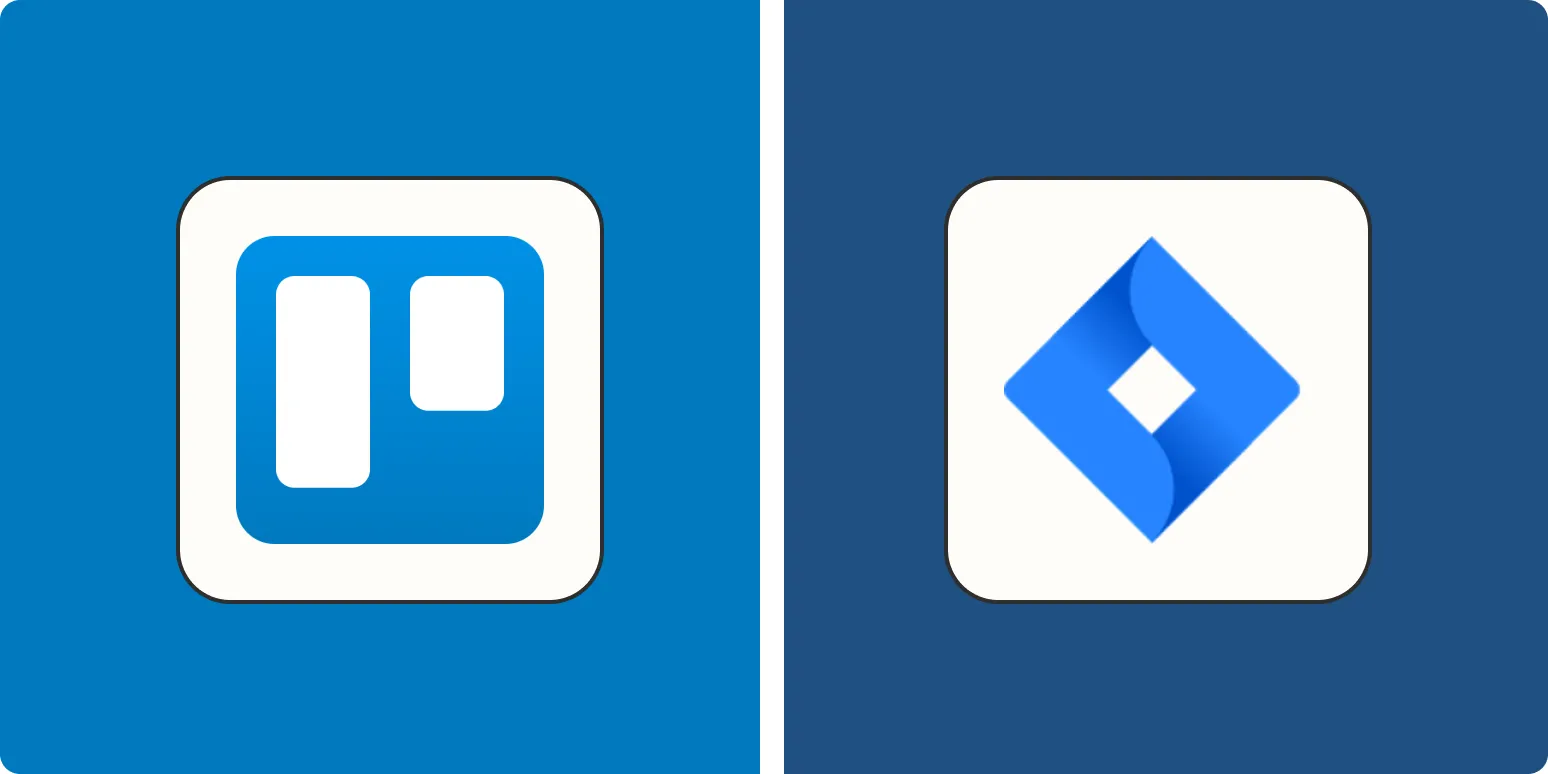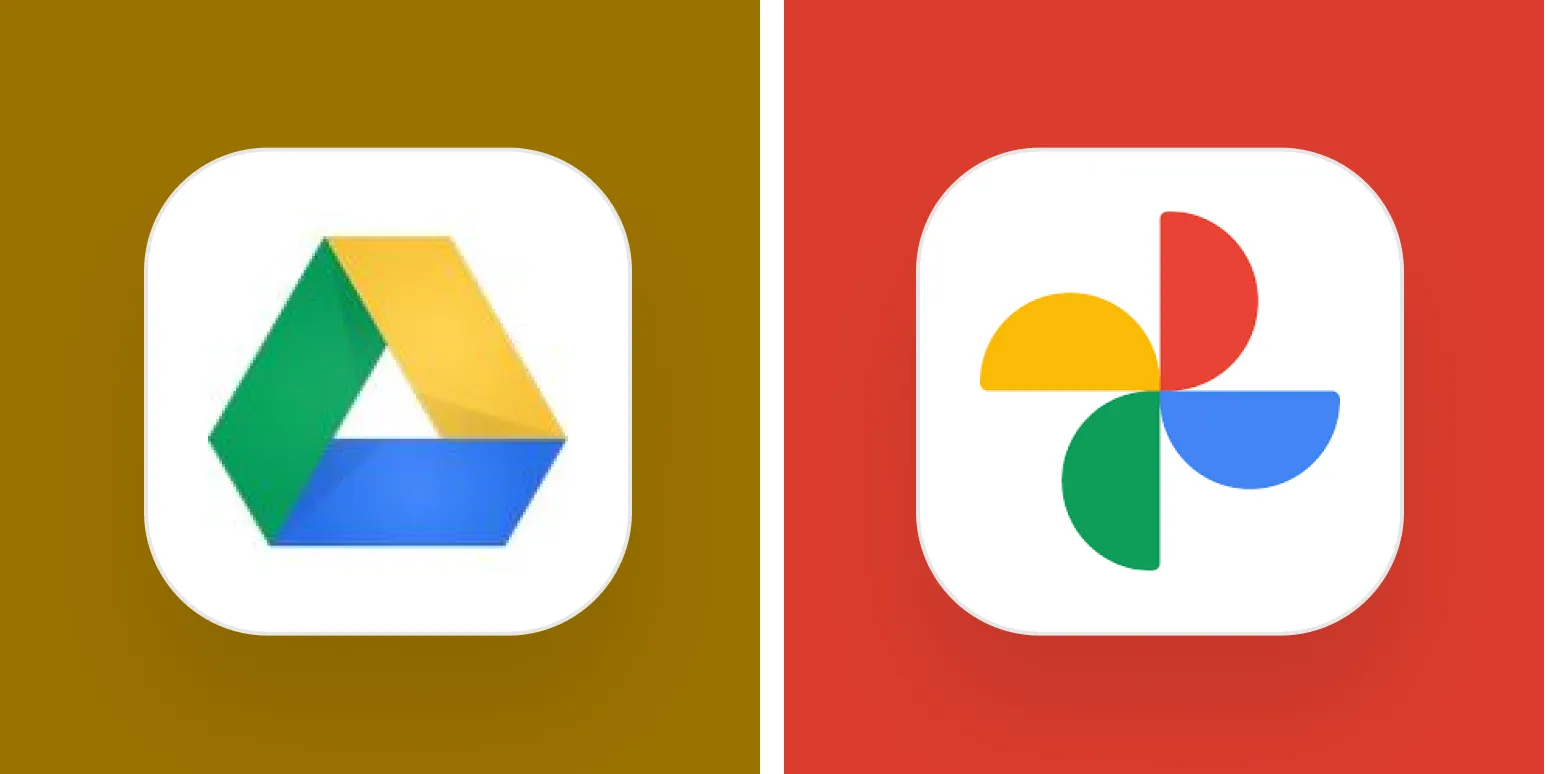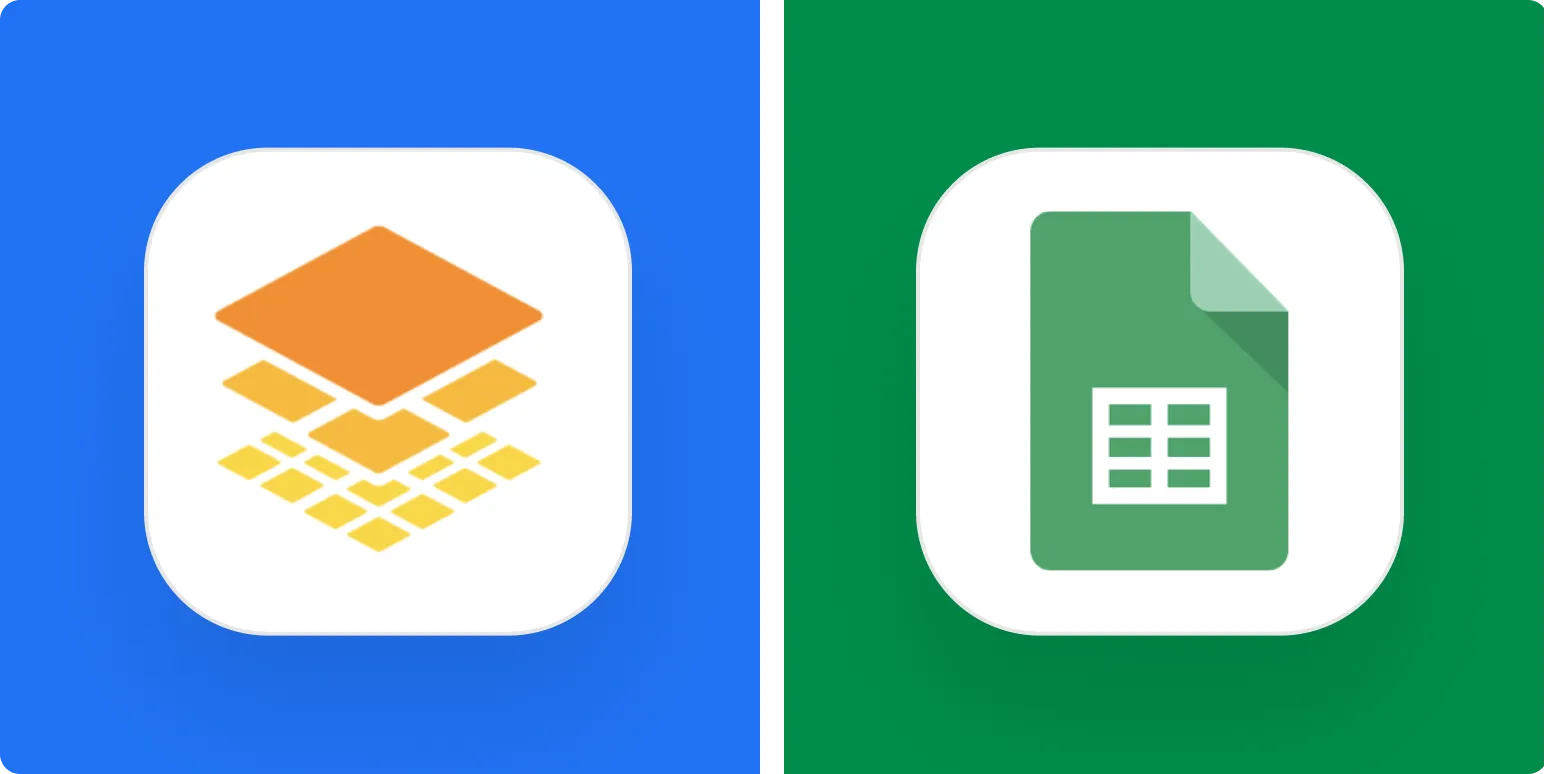Overview of Trello and Jira
Trello and Jira are two of the most popular project management tools available today. Each offers unique features tailored to different types of users and project needs. Understanding their strengths and weaknesses can help you choose the right tool for your team in 2025.
Key Features Comparison
| Feature | Trello | Jira |
|---|---|---|
| User Interface | Simple and intuitive Kanban board | Complex, robust tool with multiple views |
| Customization | Flexible with lists and cards | Highly customizable workflows and issue types |
| Integrations | Supports many third-party integrations | Deep integration with development tools (e.g., Bitbucket, Confluence) |
| Reporting and Analytics | Basic reporting features | Advanced reporting and analytics capabilities |
| Best For | Small teams, non-technical projects | Software development teams, technical projects |
Ease of Use
One of the standout features of Trello is its ease of use. The drag-and-drop interface allows users to create boards, lists, and cards effortlessly. This makes it ideal for teams that may not have a technical background or are new to project management tools.
In contrast, Jira offers a more intricate setup, which can be overwhelming for new users. However, its detailed customization options and advanced features make it a powerful tool for teams that require extensive tracking and reporting capabilities.
Pricing Structure
Understanding the pricing models of both tools is crucial for making an informed decision. Here’s a brief overview:
| Tool | Free Tier | Paid Plans |
|---|---|---|
| Trello | Yes, with limited features | Starts at $5/user/month |
| Jira | Yes, for up to 10 users | Starts at $7/user/month |
Trello's free tier is quite generous for small teams, offering essential features without any cost. On the other hand, Jira's free plan is limited to 10 users, but it provides access to its robust functionalities, making it a great option for small development teams.
Collaboration Features
Collaboration is key in project management. Trello excels in this area with features like comments, attachments, and notifications directly on cards, facilitating easy communication among team members. The visual layout also helps keep everyone on the same page.
Jira offers strong collaboration tools as well, particularly for software development teams. It allows developers to comment on issues, link tasks, and provide updates in real-time, which is crucial for agile methodologies.
Choosing the Right Tool for Your Team
When deciding between Trello and Jira, consider the following factors:
- Team Size: Trello is ideal for smaller teams or personal projects. Jira is better suited for larger teams or those focused on software development.
- Project Type: If your projects are mainly non-technical or simpler, Trello may be the best fit. For complex software development projects, Jira's capabilities shine.
- Customization Needs: If extensive customization is essential, Jira is the clear winner. Trello offers flexibility but lacks the depth found in Jira.
- Budget: Consider the pricing structures and how they fit into your budget. Trello offers a more budget-friendly option for small teams.
Conclusion
Ultimately, the choice between Trello and Jira boils down to your team's specific needs and project requirements. If you prioritize simplicity and ease of use, Trello is likely the better choice. However, if you require advanced features and are working on software development projects, Jira would be the way to go.
Evaluate your project management needs, team dynamics, and budget constraints to make the most informed decision in 2025. Both tools have their merits and can significantly enhance your team's productivity when used effectively.





